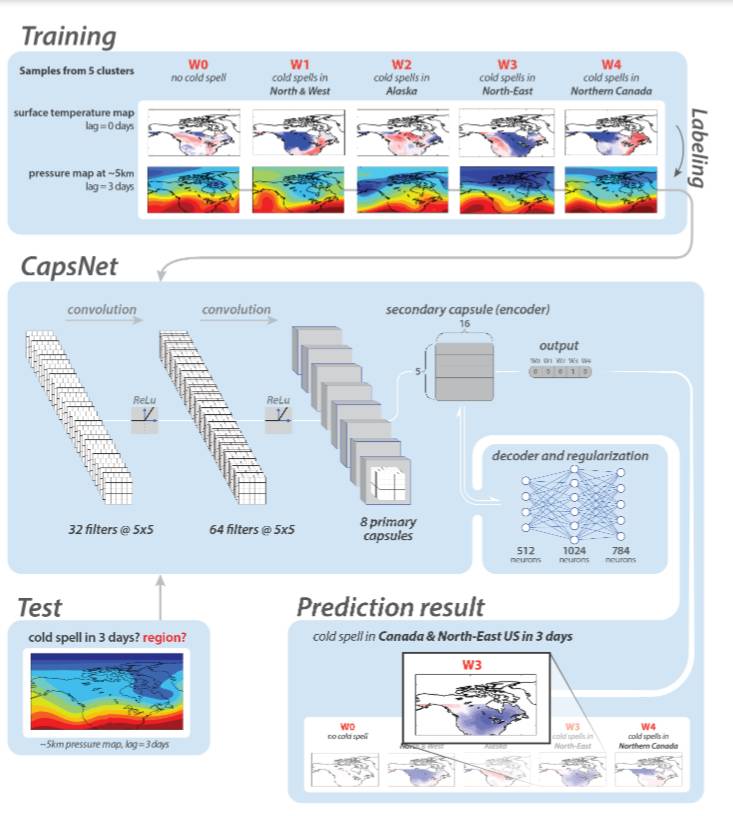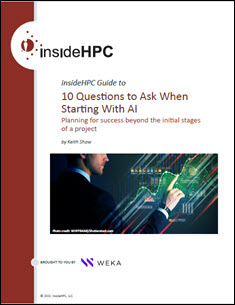
Rice University engineering researchers Ebrahim Nabizadeh (seated), Pedram Hassanzadeh, and Ashesh Chattopadhyay (not pictured) trained a deep learning neural network to predict extreme weather using World War II-era “analog” weather forecasting. Credit: Jeff Fitlow/Rice University.
Researchers from Rice University have introduced a data-driven framework that formulates extreme weather prediction as a pattern recognition problem, employing state-of-the-art deep learning techniques. Their findings were published in the February 2020 edition of the American Geophysical Union’s Journal of Advances in Modeling Earth Systems.





